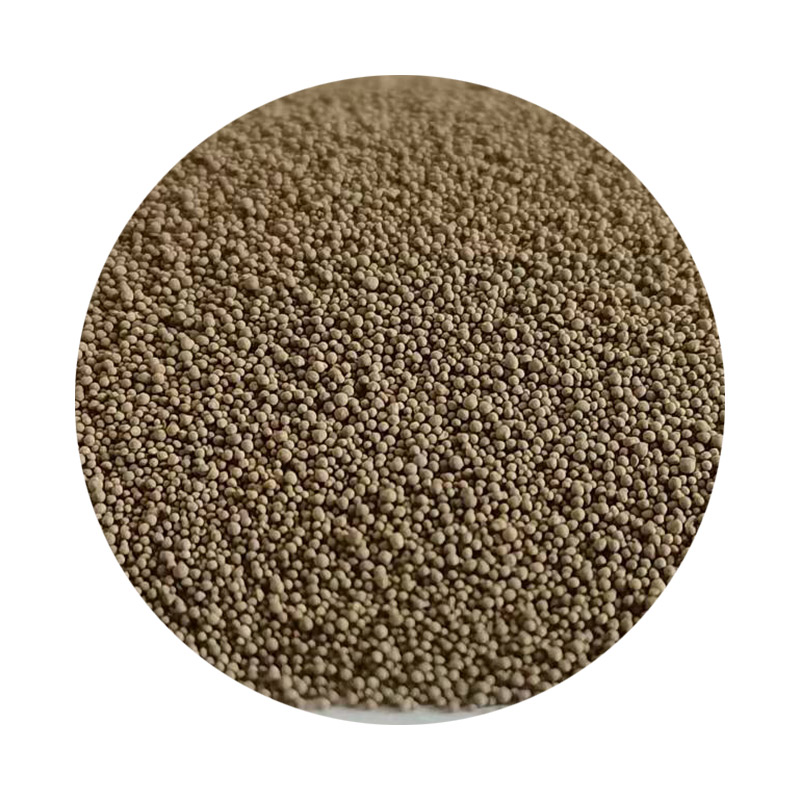The Allure of 3D Sand A New Dimension in Artistic Expression
In recent years, the intersection of technology and art has birthed a myriad of innovative forms of expression. Among these, 3D sand art has emerged as a compelling medium that merges the tactile nature of sand with modern 3D printing technology. This fusion not only celebrates the natural beauty of sand but also offers artists an opportunity to manipulate and showcase this age-old material in contemporary ways.
Understanding 3D Sand Art
3D sand art involves creating intricate designs and structures using sand as the primary element. Traditionally, sand sculpting has been a popular beach activity where artists create temporary masterpieces that often wash away with the tides. However, the incorporation of 3D printing technology transforms this ephemeral art into something more enduring. By using specially designed printers, artists can layer sand with precision, crafting detailed sculptures that might be difficult or impossible to achieve by hand.
This process typically involves a mixture of sand and a binding agent, which is carefully layered and cured to solidify the structure. The result is not only a visually stunning piece but also one that retains the unique characteristics of sand, such as its texture and color. Unlike conventional sculptures made from stone or metal, 3D sand art showcases the organic and fluid nature of its materials, inviting viewers to engage with it on a sensory level.
The Creative Potential
The creative possibilities with 3D sand art are vast. Artists can draw inspiration from the natural world, creating landscapes or abstract forms that mirror the shapes and colors found in nature. The simplicity of sand allows for a wide range of artistic expressions, from minimalist designs to complex, intricate patterns. Furthermore, the ability to replicate designs repeatedly through 3D printing opens up new avenues for artists to explore; they can create collections or installations that convey a theme or narrative.
3d sand

Moreover, 3D sand art can be easily customized. Artists can experiment with different types of sand, including colored sands or those combined with other materials, to achieve diverse effects. This adaptability makes it a popular choice not just among visual artists but also among designers seeking unique elements for architectural projects or interior spaces.
Educational and Environmental Impact
Beyond its artistic value, 3D sand art has significant educational implications. Workshops and classes involving this medium can teach participants about both art and science. Through the process of creating with sand, individuals learn about geology, ecology, and the importance of preserving natural resources. Moreover, the use of sand as a medium encourages mindful engagement with our environment, as artists often source their materials locally and sustainably.
The environmental aspect of 3D sand art cannot be overlooked. By highlighting the beauty of sand, artists can raise awareness about issues like beach erosion and the impact of construction on natural landscapes. This form of art can serve as a powerful platform for environmental advocacy, inspiring communities to take action to protect their natural surroundings.
Conclusion
3D sand art represents a vibrant fusion of tradition and innovation, allowing artists to explore and express their creativity in exciting new ways. As this medium continues to evolve, it holds the potential to not only beautify spaces but also spark conversations about art, nature, and sustainability. Whether on a beach, in an art gallery, or as part of an educational initiative, 3D sand art captivates audiences with its unique charm and offers a fresh perspective on what it means to create. It’s a reminder that sometimes, beauty can be found in the simplest of materials, transformed through human ingenuity and inspiration.
Post time:Дек . 20, 2024 19:07
Next:when was sand casting invented
